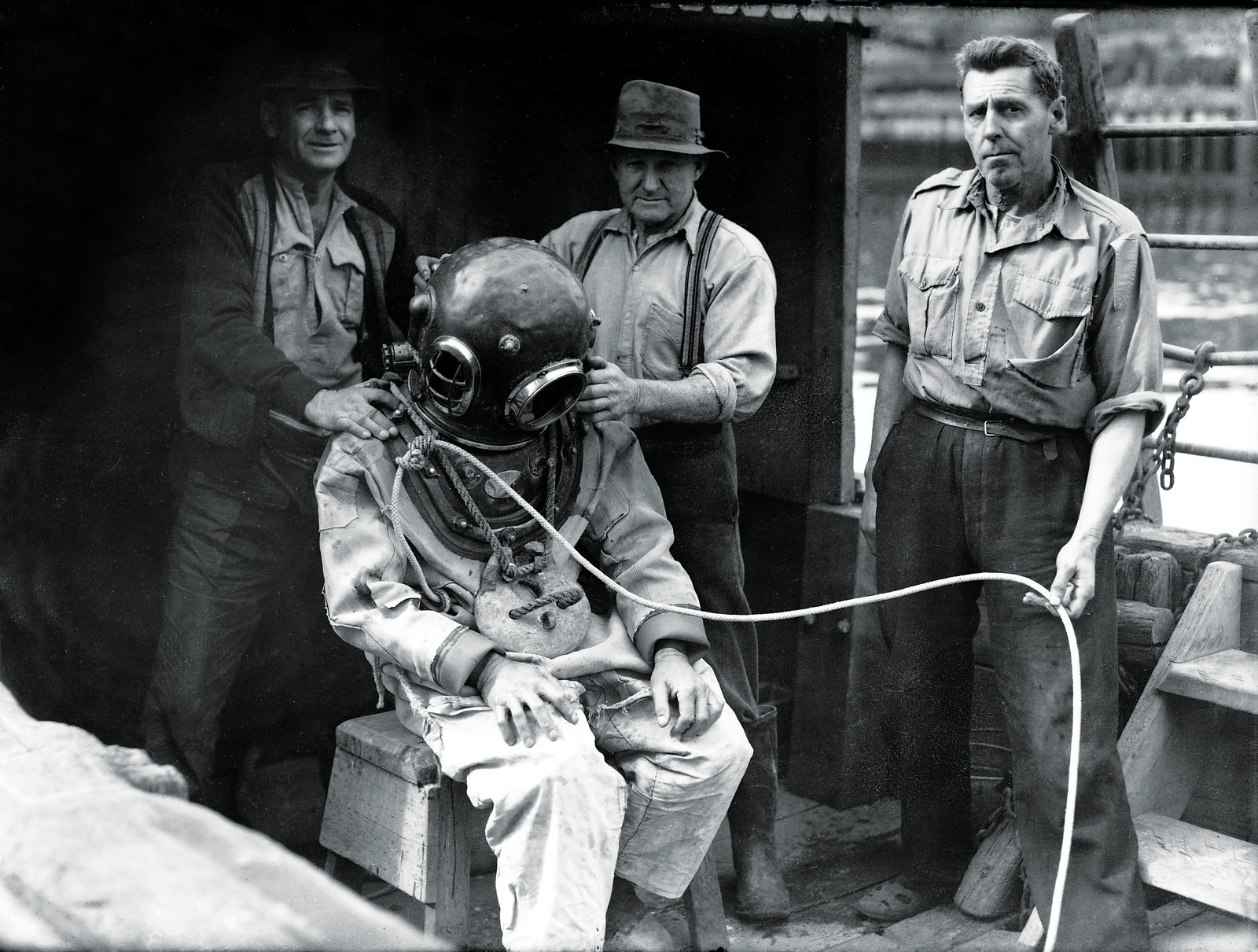About the exhibition: A thousand words
An innovative new exhibition invites the public to become the curator, sharing their responses to historical photographs from two of Australia’s richest and most significant collections.
‘A picture tells a thousand words’ is the premise of an exciting new exhibition that invites you to interact with our photographic collections. Open now, A Thousand Words marks the first formal collaboration between two of Australia’s leading cultural institutions, Museums of History NSW and NSW State Archives. It features a selection of 100 of the most compelling photographic images across the online and onsite exhibition from the collections of both organisations, encompassing a diverse range of people, places and events in NSW spanning 100 years, from the 1880s to 1980.
Unlike a conventional museum exhibition, A Thousand Words doesn’t provide expert curatorial interpretation of material on display. Instead, via social media and the online exhibition we’ve invited the public to interpret the images through the lens of their own knowledge, experience and imagination. It’s an approach that borrows from the ‘citizen science’ movement, which uses contemporary channels to ‘crowdsource’ information from people across the globe in efforts to generate and publish new, more expansive knowledge about our past, present and future.
#OneWordWednesday
In September 2019, we instigated a social media campaign titled #OneWordWednesday. Over nine months, one new image from the exhibition was published each week. Audiences were invited to respond with a one-word comment. A second campaign, #SayitonSaturday, expanded this approach. Armed with hundreds of responses per image, we then generated data visualisations – or word clouds – to see the range and frequency of single-word contributions.
For example, an image of nuns (below, left) elicited a huge number of responses. Some reflected nostalgic memories of days gone by; others, a sense of the absurd. Many were emotionally raw. Contributors provided words including ‘devotion’, ‘penguins’, ‘nunsense’ and ‘punishers’, illustrating the multiple and diverse views that a single image can evoke. #OneWordWednesday has proven to be enormously popular. Indeed, other cultural institutions across Australia have now copied it!
Audiences as active participants
The enthusiasm shown by the public in contributing a one-word or emoji (sentiment-based) response has been unprecedented for both MHNSW’s and NSW State Archives’ work in the social media realm. As contemporary curators working in the museums and galleries field, it has reinforced to us that people from all sorts of backgrounds – not just historians, educators or curators – want to have a say in how we understand and interpret our histories. It’s an exciting step in ensuring that our audiences can be active partners in our work.
A Thousand Words hasn’t only sourced responses from the public. We’ve also invited artists and writers into the frame. Through a partnership with WestWords – a Western Sydney-based literary organisation – we’ve commissioned eight early-career writers, an illustrator and a new media artist to each select an image from the exhibition and craft a response. These amazing young people – the next generation of Australia’s poets, creative writers, artists and commentators – have offered unique and compelling perspectives, from the personal to the political. Read the responses.
A Thousand Words has also ignited the imaginations of some of Australia’s most exciting contemporary creatives, including visual artist Blak Douglas; writer, director and librettist Pierce Wilcox; broadcaster and academic Sunil Badami; author and artist Vanessa Berry; writer and creative producer Kiriaki Koubaroulis; historian and disability advocate Dr Naomi Malone; and barrister, true-crime writer and photographer Mark Tedeschi AM QC.
Inspiring creativity
To encourage NSW schools to engage with A Thousand Words, MHNSW’s Learning Team has launched a special creative writing competition. Students in stages 4–5 can submit their original works and be in the running for a prize.
The online exhibition will display all 100 images plus public responses and commissioned works. Audiences can experience how technology and visitor engagement connect image and words to harness not just the power of ‘a thousand words’, but a million stories.
View the exhibition and discover the stories behind the images.
Published on
Related exhibition

Past exhibition
A thousand words
‘A picture tells a thousand words.’ This adage is the inspiration for an innovative exhibition, in which the public becomes the curator
